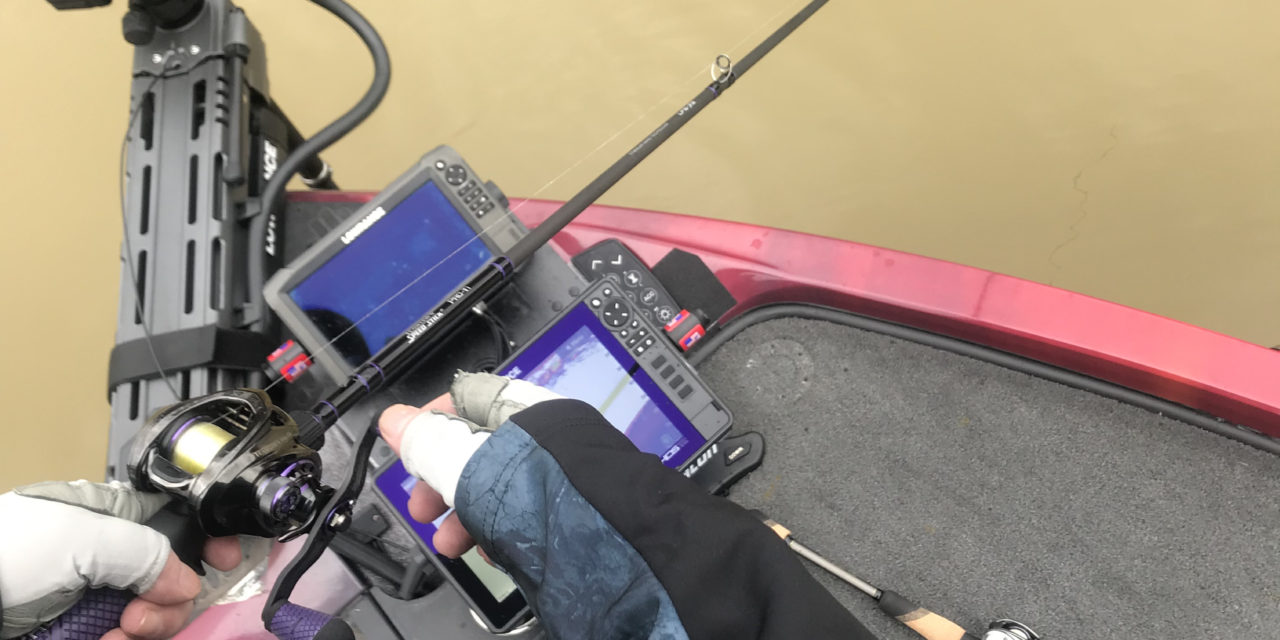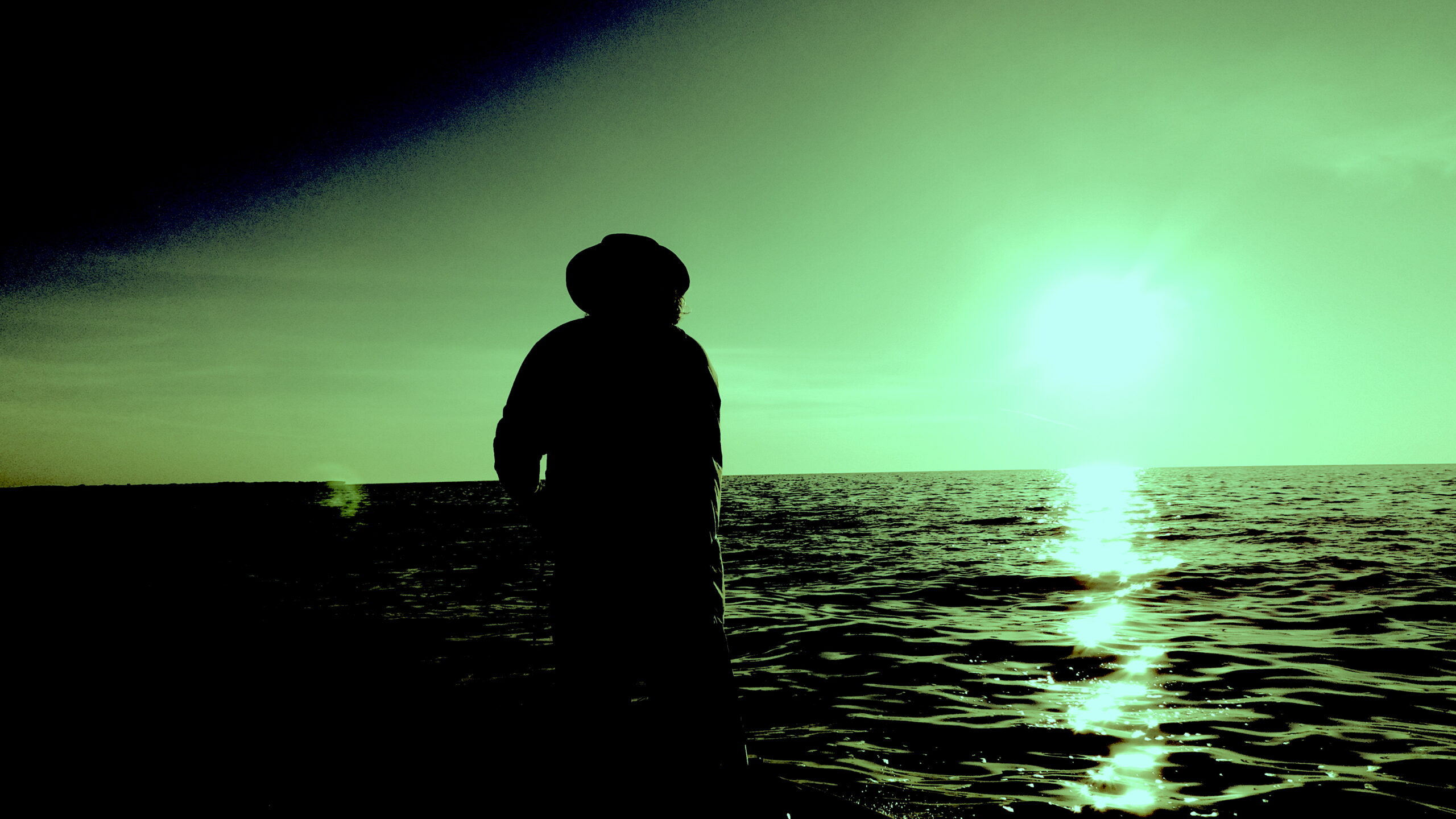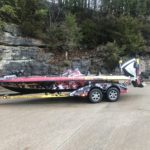At one time or other, all anglers have watched a video, or read an article depicting a pro holding up a monster bass like it just hopped out of the water onto the deck. What is not commonly understood is that the fish actually did just that, it took a look at the boat, evaluated the fisherman, and jumped right into his arms for a photo op, such is the charisma of professional anglers and the innate desire for bass to be famous.
Thats a little pro fishing humor to mask the grim reality.
The media makes fishing look easy when it’s actually incredibly difficult. Let’s get something straight, if you are an angler who feels like you are failing, it not likely that this is actually true. There are two things that pervade fishing, the first is fisherman are rarely honest about the reality of their fishing sessions, and the second is that fishing is one of the most difficult activities you can engage in. There are a lot of bad sessions in this sport.
Why?
Because bass really don’t want to be caught. In fact, like most wild animals who have made it to the top of their respective food chains, they are intelligent, suspicious, deliberate, and at times borderline psychic, particularly when something seems amiss.
Add to that the reality that the pattern changes all day long. What works at dawn is usually dramatically different than what is good by 10 am. This process of oscillation can be very confusing. You will rarely hear me quote a book from my dismal corporate past, but there is something I think is relevant. Malcom Gladwell, in his book “Outliers,” discusses the 10,000 hour rule, which was first proposed by Anders Eriksson in his ‘Making of an Expert‘ study. Basically the gist is that to be an expert in any particular field, an individual must devote 10,000 hours of study and preparation. Now I am not talking about recreational activity here, but rather focused preparation. Thus, if one were to desire to go from an amateur to a professional fisherman, this implies that you would work 8 hours a day, 5 days a week, 50 weeks a year, for 5 years to reach the level of expert in the field. This is commonly referred to as ‘time on the water’.
Now I don’t know if this is true for fishing, but I do know that there are levels of evolution in fishing that require diligent study and practice. It takes a great deal of time and effort. If you have not put in that effort, then it makes sense that aspects of the sport are a mystery. I don’t know if you can read articles and books and compress the time required, perhaps you can on regional waters. But to fish nationally, I suspect there is no shortcut.
So even at the highest level, for every session where you haul in prized bass, there are others that host next to nothing. Fishing is a highs and lows gambit. Not catching fish when you go fishing is rough. Not catching fish when your job is to catch fish I promise you is rougher. This being the case, pros have learned over the years that the smallest details can make the difference. And one detail that is often overlooked is the preparation required to really understand ones equipment.
And this is where we get into the 10,000 hour rule. I myself believe that it is essential to devote large amounts of time to be good at anything. With fishing, this devotion is singularly more pleasant than other endeavors. Mainly because I love it, a little because I like to study and practice no matter what I am doing.
So when I talk about equipment, there are three primary areas of focus. These are the boat, the electronics, and the tackle. Lets begin with the boat because this is the one that took me forever to identify as a critical area of investigation.
So you have a Shiny New Boat (and no more money…)
Okay, I have owned a lot of boats, but none of them really counted until the day I walked out of the Ranger dealership hopelessly in debt and ready to hook up my shiny new 521 Z Commanche. At that time, I don’t think I really understood the power of a sophisticated boat, and the tremendous advantage it provides. Consider the capabilities in terms of speed, minimal draft, trolling maneuverability, livewell capacity, space upon which to fish, and lastly the potential for a modern electronics platform. I have heard people say that one boat is equivalent to another, that everyone is equal on the water, and that boats are for show off the water.
That is completely untrue. In fact, this idea is not even in the realm of possible truth. I owned every ‘level’ of boat before purchasing a Ranger and no one is talking me off this ledge.
Top tier boats provide a massive advantage because they facilitate a very high degree of capability, and synergy. What I soon found out, however, was that just because you own the boat, it does not follow that you know how to use it.
For the record, there are times I miss my childhood tiller craft because as I sit in my floating, bass chasing, supercomputer, it is intimidating that the thing is so complex that nearly anything that goes wrong can be instantly translated to 500+ cash owed. For example, lets review my last three maintenance trips.
- Trailer hub failure, replacement of 2 hubs, peripheral wiring $610
- Wiring short, rewire of electronics, installation of breakers. $1100
- Snapped live well controller cable. $465
And there are other drawbacks, especially if you go as big as a 22 footer. I learned the meaning of drawback on the St. Lawrence river where my boat was both a sail and a sea anchor. Wind and current have a very large impact on any boat, but it is magnified with size. Another drawback is that when you hang a massive engine on a boat with no draft and floor it, you can die rather easily. Just ask all the people who have, I guarantee you they were surprised at the moment, but they all knew it was possible every time they got out of the hole shot.
The purpose of the boat is to place the angler in a precise position to maximize the chances to catch fish. In big water fishing, this might be a mile from the dock, or 60 miles. A top level boat has extensive range and speed to accommodate whatever is required. However, it is not just a matter of location, but also orientation. Boat control is essential to fishing. Take the trolling motor for instance. It must be quiet, but at the same time powerful enough to handle current, move to the optimal position quickly, and to change the orientation of the boat according to whatever is required. Coupled with a light draft, the boat can shift between shallow and deep water as needed.
Boaters too often take for granted the importance of driving correctly, ensuring the boat stays in the optimal position, and adjusting orientation to maximize casting efficacy. They often believe that owning the boat, and having suitable equipment is enough. Not so.
To be effective, the angler must practice boat control under every conceivable condition. High wind, waves, rain, clockwise and counterclockwise rotation, rotation speed, maneuvering in tight spaces, low light conditions, fog, the list goes on. How many times have you thought to yourself that the fish are in a particular location, but holding the boat on that location was impossible.
In most cases, its not impossible, but rather incredibly difficult. And that is where practice can make the difference.
The Day Bass Boats Became Floating Supercomputers
Somewhere along the line, my boat became something of a sentient being. I know this because it communicates with me pretty much the entire trip. The engine, the mapping system, the weather monitor, my integrated cell phone, tablets, wifi… fishing used to be just fishing, now you need to have a degree in engineering just to turn it on. So I will list the top areas that need to be studied right off the bat if you hope to utilize a modern bass boat.
- The engine codes, baseline, and in-line monitoring system.
- The boat management system, wiring schematic, location of fuses, power setup, and onboard wifi network.
- The location, dependency, and operation of the mechanisms throughout the boat. (examples include the plug, vents, steering, etc.)
- The power feed, operation, and electronic integration of the trolling motor.
- The wiring, power and wifi, of the electronics units.
- The use of the electronics units for navigation.
- The use of the sonar system(s), and identification of underwater structure, and fish.
Now there is no question that the preceding list implies something of a reading assignment. But there is a lot there that cannot be found in a book or manual. I encourage you to speak to your mechanic, ask questions, inquire as to how different areas of the boat function. In fact, if they allow it, ask to be present when they perform maintenance or repairs. This is an excellent way to learn a great deal about your vessel.
Once you understand these areas deeply, you will find that not only do you have better control of the boat, but you will have a deeper understanding of what the boat is capable of handling, and in cases of failure in the field, operating in an alternative capacity, or fixing the issue yourself.
One notable example is my boat suffering a burned circuit board in the bow that affected both on-board control from the front of the boat, as well as trolling motor wiring, which failed incidentally as it was in the proximity of the board. I replaced the board and wiring literally while the boat was beached on a riverfront. While it was a hassle and I would rather have been fishing, I was pleased that because of my preparation, I knew the issue immediately, had already stocked the part in the hold, and additional wiring supplies, should I ever lose the board or suffer a short, and was able to replace both without disrupting my trip.
But the real complexity lies in understanding the electronics package related to identifying structure and the bass that occupy the area in scope. I myself use Lowrance electronics. I have a pretty extensive package, which is listed below.
- 12″ HDS Live, left main console.
- 12″ Carbon, right main console.
- 12″ HDS Live, lower bow console.
- 9″ Carbon, upper bow console.
- Media Server
- Wifi unit
- Audio Amplifier
- Ship to Shore radio
- 3ds Processor, mounted under main console
- 3 GPS pods, 2 Lowrance, 1 evinrude
- XM Satellite pod
- 1 through hull transducer
- 1 under hull mounted transducer
- 1 trolling motor transducer
- Evinrude Icon smart gauges
- Ghost trolling motor, integrated to electronics
- Iphone integration
- Onboard, monitored breaker box
As I am compiling this list, the sheer amount of wiring required for all of this equipment is demoralizing. I believe that bass boat wiring platforms should be far more accommodating than the existing minimalistic packages we see today. First and foremost, they should include breaker boxes with pre-installed relay solutions between the bow, main console, and stern. When I consider the after market lights, talons, additional pumps, electronic foot throttle, pods, etc. There is simply too much to run over the base implementation.
That being said, once you get all of this stuff working from a base package perspective, you need to understand the software configuration, use, and ongoing maintenance/troubleshooting requirements. This will require a great deal of learning before you locate your first bass and make a cast.
Once you actually put this electronics store into your boat, you need to be able to tell the difference between a sandy bottom and a shell bed, and it helps to be able to identify a bass on occasion. Now there are a ton of videos that assist in this process, but the real teacher is time on the water. Spending 10k on good electronics is worthless if you can’t understand what is on the screen. From there, you have to put lures in the water.
Angler vs. Bass
When it comes down to catching unruly bass, there is no shortage of rods, reels, line, terminal tackle, baits, and suggestions about how to use it all and where. I myself use Lew’s rods and Reels, and Strike King baits, which is highly effective because both organizations offer a wide variety of equipment options. But to be effective, you need to have some kind of breakdown in how you will organize your equipment, as well as the specialized knowledge on how to use it properly.
I will go over my personal setup in another article, but for our purposes here, it is enough to say that to use the equipment effectively, you have to understand not only how they work individually, but in conjunction with one another. I believe it is essential to cover the following areas in order to maximize your potential on the water.
- A clear understanding of fishing rod construction, the guides, the core materials, the meaning of rod power, rod action, lure weights, and the ramifications of length.
- The form factor of reels, the internal reel mechanics, customization settings, drag, line accommodation, setup, and best practices.
- The nature of fishing line, differences in weight, relationship to rods, reels, and lures. Types of line, best practices using various lines.
- The multitude of lures, their associated rods, reels, and line, lure presentation techniques, lure modification, colors, weights, buoyancy, casting ramifications, and best practices.
This is a short list that can take a lifetime to understand completely. But working towards a clear understanding of this information will have definite effects on your fishing. Overall, the point of this article leads to one thing.
That is study.
There are very few activities that can be mastered without ample study. Fishing is not one of them. To fish well, under a myriad of conditions, in various waters, requires a great deal of preparation. It can be argued that professional fisherman, like any other professional, has the equivalent of an advanced degree in their chosen field.
It all begins with the selection of topics, and keeping to a regimented learning program. I suggest that you do not proceed linearly, but rather across the subjects. Begin a program of understanding your boat, electronics, and equipment so that you proceed in each area of focus. When coupled with specifics of your own home waters, you will find that you can rise quickly in your region, which will allow you to strike out into other areas of the country.
It is difficult, no question, but I believe it is extremely rewarding.








